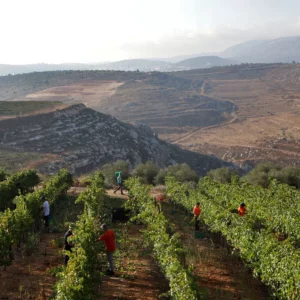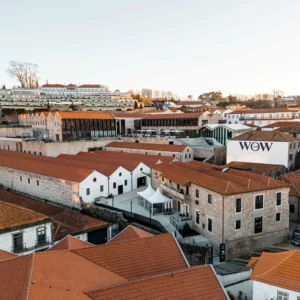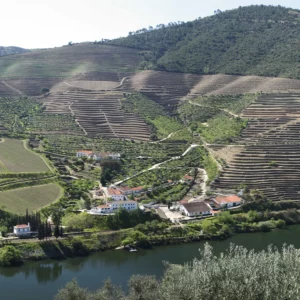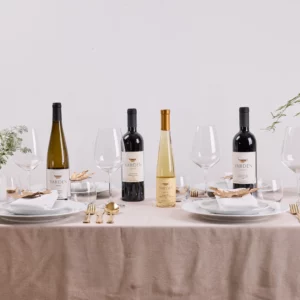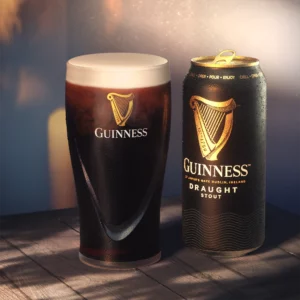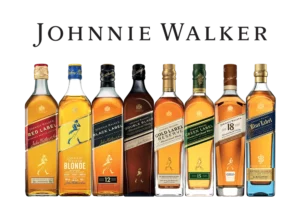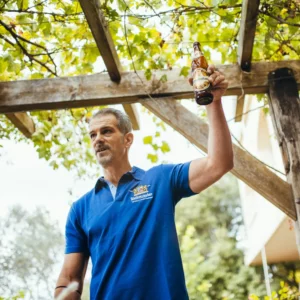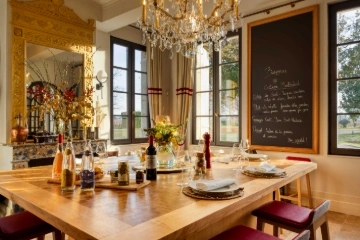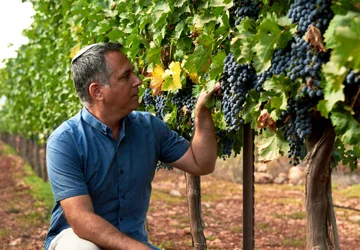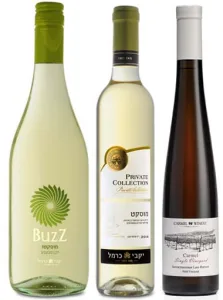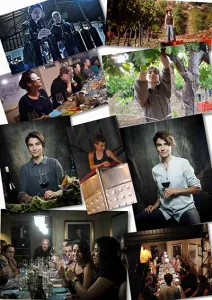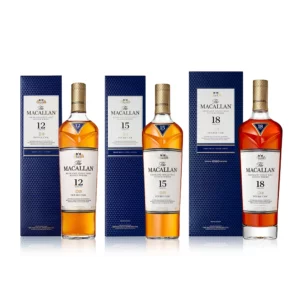I have been many years in the Israeli wine industry and been in many vineyards, but I had never been in Dabouki vineyard. Until now that is. I recently drove up to Givat Nili, to see one of the few vineyards still growing Dabouki. It is a big vineyard with all sorts, but when I arrived in the area of the Dabouki vines, I had the feeling as though I was peering into history. I felt like saying: “Ah, Dr. Dabouki I presume!”
I was confronted by 50year old vines, flailing in all directions, with thick gnarled trunks and arms waving in grotesque shapes. Each vine had its own shape and personality, as if screaming about its own individuality. You go to Cyprus and 100 year vineyards are here, there, and everywhere. In Israel, I don’t think I have seen a fifty year old vineyard before. I had the feeling I was entering a vine museum. It was as though I was seeking remains of something that once flourished, but now is a rarity. The vines did not look that healthy. They in fact appeared to all intents and purposes to be dead. If I brush too hard by a branch and it would snap like dead dry wood.
This article was first published in the Jerusalem Post
However, the core of these hardy plants was alive, because the new shoots, green leaves and beginning of the flowering was apparent. So, what looked like a vinous field of Flanders, full of dead and dying vines, was offset by little sprouts of life determinedly making a statement of optimism. I felt the wonder of Dr. Frankenstein: “It lives!” and that is testament to the remarkable hardiness of the vine.
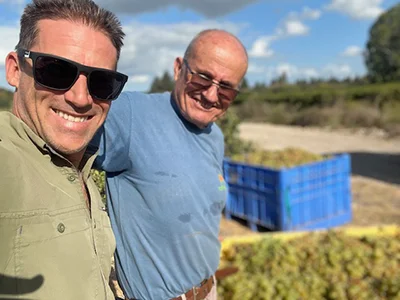 Dabouki was very prolific before the founding of the state. It grew everywhere, but mainly in Hebron, in the south west Judean Coastal plain and in the Zichron region. The Dabouki grape is large, fleshy, sweet, with large pips. It is yellowish in color with a mottled skin. No grapes were as sweet and juicy as the Dabouki. Its name even means ‘sticky sweet.’ I made sure to speak with Cultural Anthropologist and vineyard owner, Dr. Joshua Schmidt, who is researching the history of Dabouki. He has a wealth of knowledge. Amongst many other things, he pointed out to me the similarity of the root of the Hebrew word to Devek (glue) or Ladbik (to stick.)
Dabouki was very prolific before the founding of the state. It grew everywhere, but mainly in Hebron, in the south west Judean Coastal plain and in the Zichron region. The Dabouki grape is large, fleshy, sweet, with large pips. It is yellowish in color with a mottled skin. No grapes were as sweet and juicy as the Dabouki. Its name even means ‘sticky sweet.’ I made sure to speak with Cultural Anthropologist and vineyard owner, Dr. Joshua Schmidt, who is researching the history of Dabouki. He has a wealth of knowledge. Amongst many other things, he pointed out to me the similarity of the root of the Hebrew word to Devek (glue) or Ladbik (to stick.)
This variety was preserved during the period of the Ottoman Empire. It is certainly hundreds of years old, maybe thousands. It was tasty, easy to grow, high yielding, prolific and independent. It was dry farmed and did not need irrigation systems or water, which was expensive. In other words, it adapted through hundreds of years of acclimatization to our climate. It was used primarily for table grapes. Large bunches would be attractively on display in the markets up and down the land. They were primarily to eat, but the grapes may also have dried to make raisons, cooked down to make dibs, a molasses syrup or malban, a fruit jelly made from grapes.
It was not a wine grape, but necessity is mother of invention. The Shor Family Winery was founded in 1848 in the Muslim Quarter of the Old City of Jerusalem. They made long term agreements with Arab growers in Hebron and Dabouki was one of the grapes from which they made wine. Furthermore, in Palestinian Christian households, wine was always a domestic by-product of growing grapes. The mother or grandmother would crush the remaining grapes by hand to make a rudimentary sweet wine to be bottled in any empty bottle available, whether it was Coca Cola or Johnnie Walker. What was left after this, would be distilled to make arak, the indigenous anise flavored spirit of the Levant. They usually used Dabouki because that is what there was.
I learnt from Dr. Schmidt that many of the Dabouki vines in the central coastal plain were grown alongside Sycamore trees. The wood was good for burning and the fruit was also distilled for arak. There is nothing a vine likes better than to find a tree to climb up, and many Sycamore trees were found with Dabouki winding its tendrils around the branches. When the State of Israel was founded, many farmers inherited Dabouki vines and there was a market for it, which made it worthwhile.
There was even a surplus of Dabouki. Some was used by wineries to make grape juice and in those days, before whisky took over, brandy was a very big seller. Dabouki was used to make wine, most of which was distilled to make brandy.
The decline of Dabouki began from the 1960’s onwards, as seedless grapes came to the fore (like Thompson Seedless.) Furthermore, the over planting of wine grapes meant wineries no longer had to use food table grapes for grape juice and distillation. Though still heavily planted in Hebron, its decline was thought to be terminal elsewhere.
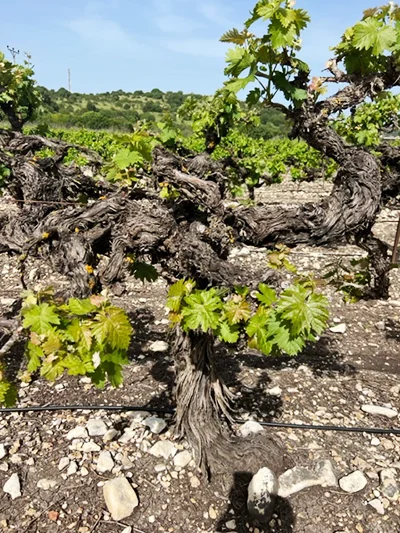 The vineyard I visited planted Dabouki and Carignan in 1972. This was even before the first vines were planted on the Golan Heights. Wine grower Sami Aroyo planted the vineyard with his father simply because it was good for business. The Carignan was earmarked for Carmel Mizrahi. At the time over 50% of Israeli vineyards were Carignan. As for Dabouki, he told me that traders and customer used to queue up the buy it, such was its popularity, even then.
The vineyard I visited planted Dabouki and Carignan in 1972. This was even before the first vines were planted on the Golan Heights. Wine grower Sami Aroyo planted the vineyard with his father simply because it was good for business. The Carignan was earmarked for Carmel Mizrahi. At the time over 50% of Israeli vineyards were Carignan. As for Dabouki, he told me that traders and customer used to queue up the buy it, such was its popularity, even then.
It took the Palestinian winery Cremisan, owned by the monastery at Beit Jalla, to decide to use local varieties to make wine again from 2008. A young Palestinian Fadi Batarseh, studied in Italy and researched the indigenous varieties at Hebron University. Dabouki was chosen as one of those they would use to make wine. He is now the manager and winemaker of the winery. Then Shibi Drori of Gvaot Winery started his research at Ariel University on finding, identifying and categorizing all local varieties, whether wild, domestic or commercial table grapes. This created a new interest in the indigenous varieties of the Holy Land. Wine lovers will know new but ancient names like Bittuni, Hamdani / Marawi and Jandali. However, out of all these, Dabouki was the one most grown in the ‘State of Israel’ as opposed to the wider ‘Eretz Israel.’
The main Dabouki wines in the market today are made by the Israeli winery Feldstein, and two Palestinian wineries, Cremisan and Kassis. Others have flirted with the variety. Teperberg makes a white wine with Dabouki as a component in the blend. Ido Lewinsohn MW of Barkan-Segal has made a Dabouki varietal and blends with the variety, and Jezreel Valley made a Pet-Nat Dabouki. What we have learnt is that wine made from Dabouki can have a honeyed nose, with a touch of melon, and be faintly floral. It is relatively neutral, like Chardonnay, and is therefore an empty page for the winemaker to play as he wishes.
What drew me to the Dabouki vineyard at Givat Nili was the launch of the Dabouki Project by winemaker Ari Erle. Sam Aroyo is his father-in-law, so the vineyard it is in the family. Erle is modest, laid back, but with a pretty impressive cv. He was born and bred in California, brought up in Napa Valley, and studied at UC Davis. He then worked at some of the leading cult wineries. Clos du Val, Elizabeth Spencer, O’Shaughnessy and Colgin are names that roll of the tongue. He was always pro-Israel and developed an Israel wine club to distribute Israeli wines. Then it was innovative and much needed. It was when I first came across his name.
When he came to Israel he was involved as a winemaking consultant with Jezreel Valley Winery, Covenant Israel, but he is most known as the winemaker of Bat Shlomo Vineyards. Apart from the vineyards, they have a hospitality program that includes a visitors’ center and the luxurious, unique boutique hotel, The Farmhouse. He also lectured and managed the Ohalo College Wine Technology Program for quite a few years. He is in demand as a wine consultant and has recently been spotted jetting off to a winery on Mount Fuji in Japan, but the Dabouki Project is his own baby.
He walked me through the vineyard with his loyal blond assistant, Chloe, who spent most of the time chasing sticks or demanding that sticks were thrown for her entertainment. I always love to see dogs in vineyards and wineries. They give such a friendly welcome. We then returned to the moshav, with Chloe of course, to taste Dabouki made in four different styles, all from the 2022 vintage. The Dabouki White was aromatic and refreshing. The Dabouki Barrel had a little more oily texture and body, being aged in used barrels. The Dabouki Orange was as the name implies an orange wine, made with its skins like a red wine. I always think amber is a better color description than orange, but the term ‘orange wine’ has caught on. This had a more pungent aroma with a citrus undertone and a beguiling, slightly chewy texture, but not too much. It was by far my favorite.

The Dabouki Pet-Nat was a totally natural sparkling wine. It was cloudy, slightly funky, quite yeasty, but attractively so, with a hint of grapefruit. Pet-Nat (Petillant Naturel) is a new trend in Israeli wine. I call these ‘hipster’s champagne’, or ‘beer drinker’s sparkling wine.’ I was reminded that the pioneer of this style was the aforementioned Jezreel Valley Dabouki Pet-Nat, which of course was initiated by Ari Erle himself whilst consulting for them. The innovative labels are an expression of a Rorschach, ink blot design, in four different interpretations to match the four different wines.
I particularly liked the idea of the orange wine and Pet-Nat for an ancient variety, because they echo winemaking methods in times gone past. White wines in ancient times were made in this way, with the grape skins, producing characterful amber wines, rather than the clean, clear, bright white wines we are familiar with today. Likewise, the Pet-Nat was the ancient way of making sparkling wine, capturing the CO2 produced during fermentation to create a sparkle. Though the revival of Pet-Nats is a recent phenomenon, this method preceded champagne and sparkling wines as we know them.
After an absorbing morning, I said good bye to Ari and Chloe, who are inseparable. I receive a smile from Ari and a tail wag from Cloe and I was on my way. I drove home with a 50 year old Dabouki vine to decorate my balcony. Apparently there was life here before Carignan and Cabernet Sauvignon! It will be a permanent reminder of the untold story and uncovered history of our ancient varieties and it is intriguing to wonder if any of them will play a sustained part in our winemaking future.
Adam Montefiore is a wine industry insider turned wine writer, who has advanced Israeli wines for 35 years. He is referred to as the English voice of Israeli wine and is the Wine Writer of the Jerusalem Post. www.adammontefiore.com




